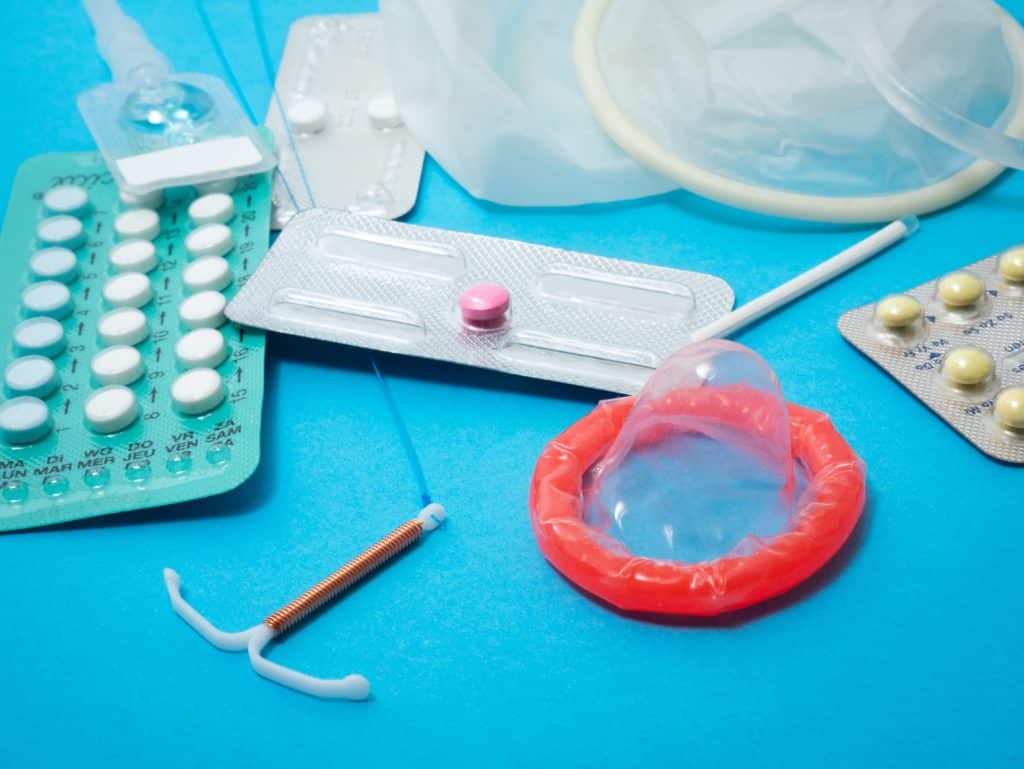Although sexually transmitted infections (often referred to as sexually transmitted diseases or STDs) are not significantly different from catching a runny nose when shaking someone, they are usually highlighted with particular negativity. People stigmatize both the diseases and the people who catch them, transmit them and spread them, and often associate them with forms of sex that people themselves do not agree with, such as neglect, sexual work or queer sex, rather than a much more banal reality.
The truth is that many infections are transmitted under very prosaic conditions, between people who do nothing particularly unusual. Disease transmission is not limited to people who have not had a smile on their lives, but youth and an otherwise healthy lifestyle will not protect you from sexually transmitted diseases unless you are smart and have safe sex.
So what’s the best way to be aware of STDs, STIs, and everything in between? Here are four things to keep in mind.
WHAT YOU NEED TO KNOW ABOUT STDS (AND HOW TO AVOID GETTING CAUGHT BY IT)
1. THINGS TO KNOW ABOUT CONDOM USE TO PREVENT STDS
Using condoms to effectively prevent STDs is not just an old story. Aside from complete abstinence, using one properly fitted condom throughout sexual intercourse will be the best choice in this case. But there are many things that people still do not know about condoms.
Let’s start with the fact that not all condoms are the same. If you’ve usually avoided using them, it’s time to rethink this strategy.
If you don’t feel well with a condom on, you may not have found the right one for you yet. Condoms are so diverse: special thin ones that enhance the senses, textured condoms, and dozens of other styles. The fact that the feeling with a condom on is not good enough simply does not count as an excuse.
Of course, in addition to size, layout, and other aesthetic factors, there is also the issue of material – which can be no less important. Not all condom materials are compatible with each partner’s body. People often develop irritations, rashes, or other reactions due to condoms. Some condoms may be treated with a lubricant that can cause an allergic reaction.

2. THINGS TO KNOW ABOUT STD PREVENTION IN OTHER WAYS
Of course, STD prevention does not begin or end with a condom.
If you are sexually active, there is always a risk. That is why it is called ‘safer sex’, not ‘safer sex’, because there is no such thing as ‘safer’ sex. We can only try to reduce the risks to make it as safe as possible.
One of the most important safety issues has nothing to do with what you actually do in bed. In fact, the most important thing is how openly you are to your doctor. Exactly! Regular check-ups and honesty can affect everything related to STD prevention, prevention, and treatment.
Regular check-ups, as well as an open conversation with your partner (about the presence / absence of your STD), will be the most important factor in practicing safe sex and therefore in possible transmission.
Of course, in addition to condoms, there is also prevention (PrEP): medicines that you can take every day that can help protect you from becoming infected with HIV. It is important to note that even if your doctor has prescribed something to you and you use it regularly, you are not immune to various other STDs.
3. HIGH RISK BEHAVIORS THAT YOU SHOULD REFRAIN FROM
Often, people get STDs just because the person they are with seems to have STDs.
Often we trust a person based on his or her appearance and how long we have known him or her. This type of thinking usually creates a credible image that is free of STDs, which in turn leads to condom non-use.
Another high-risk behavior for STDs is alcohol or drug use. Excessive use of substances can hamper a person’s ability to make informed decisions, which usually makes them more willing to engage in risky activities.
Keep in mind that even innocent teasing and games with the words “just the tip” and “everything will be fine” will not protect you from STDs. If one of the partners insists on the use of a condom, this step should not be violated.
And if you think that the penis in the vagina is the only way to catch STDs, then think again. Many people do not even think of associating STDs with, for example, oral sex. There is an idea that if you only get oral sex and there is no sex, then there is no reason to worry.
Some STDs are associated with oral disease and can be transmitted through oral sex to the genitals. This can happen if an individual has oral sex with a partner who has STDs on / in their genitals.
If this isn’t alarming enough, then think about the fact that many types of STDs are even more painful if they are experienced orally. This means that if you are unsure of your partner’s STD status (or your own), the smartest choice is to either give up oral sex altogether or practice it with a condom.
And finally, if you were not sure about this… no, the human body is not the only place where you can catch STDs. Items that are included in sexual toys can also transmit diseases. They can be easily transferred to anyone involved in their use. Using sex toys that are not properly cleaned is a potential way to get an infection.

4. WHAT TO DO IF YOU SUSPECT AN STD
If you have unprotected sex and are worried that you may be caught up in something, it can be a scary experience. The first thing you need to do is go to a doctor – either a health clinic, a hospital, or a doctor’s private practice.
Get to the visit as soon as possible. It can be a scary and disturbing experience for anyone, but it is important to get a proper diagnosis so that you can start treatment if a problem occurs. If you can’t do this right away, try to clean the area where you might be infected as best you can. The area may be sensitive or itchy, so be careful and gentle when cleaning it.
When you get STD results, keep them a secret – especially if they show you have an STD. This means notifying partners who may be infected by you (or from whom you are infected) as well as future partners. Thanks to advances in medicine, many STDs can be treated.


